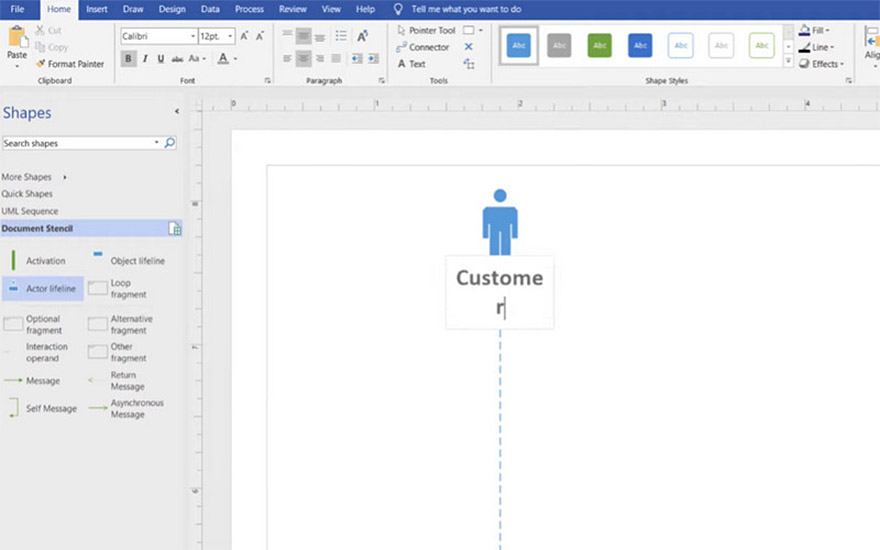
Among formal techniques the most popular ones are textually edited grammars, known as L-systems. Different approaches have been introduced to create plants. One is the enormous structural complexity, the other is the large amount of geometrical properties that must be managed. The design of natural objects such as trees, bushes or flowers is a challenging task in two respects. In comparison to other rule based approaches, complex branching structures can be developed faster and more flexible.

The main idea is to represent the rule system by a structure tree with components of high functionality. We present a rule based modelling system that allows the graphical interactive definition of botanical structures such as plants, including partial and global constraints and free form deformations. The paper includes examples of visually rich scenes synthesized using the system. Given parametrized procedural models of individual plants, the geometric complexity of the scene is reduced by approximate instancing, in which similar plants, groups of plants, or plant organs are replaced by instances of representative objects before the scene is rendered. Plant distribution is determined by hand (as one would do when designing a garden), by ecosystem simulation, or by a combination of both techniques. The terrain is designed using an interactive graphical editor. We have developed a system built around a pipeline of tools that address these tasks. The scene, which may consist of billions of primitives, must be rendered efficiently while incorporating the subtleties of lighting in a natural environment. Geometric models of individual plants, consistent with their positions within the ecosystem, must be synthesized to populate the scene. The terrain must be modeled and plants must be distributed throughout it in a realistic manner, reflecting the interactions of plants with each other and with their environment. Modeling and rendering of natural scenes with thousands of plants poses a number of problems. The current state of a selected urban area (Kundl, Tyrol) is arbitrar-ily modified in order to show potential urban sprawl and to demonstrate the high suitability of realistic 3 D visualization for communicating spatial and thematic change. Furthermore, with Visual Nature Studio, a software approach being relatively new to the GIS community is introduced, with a special focus lying on its ability to handle real-world geospatial information.

The visualization of the Europe's bridge near Innsbruck, Austria serves as an example of how the information content of both mod-els can be combined and artificial 3 D objects can be created. DSM) are examined with respect to their suitability regarding 3 D landscape visualizations.

Subsequently different surface models (DTM vs. The results can be highly valuable for impact analyses regarding natural hazard management, security considerations or general planning purposes. Different available data sets are incorpo-rated to derive a functional urban system model including information on population distri-bution and building use. For getting an initial starting point the current state of the environment is identified by perform-ing a detailed land cover and land use analysis. To be able to visualize change two clearly distinguishable situations have to be given. The primary ob-jective of this project was to simulate future scenarios and to communicate geo-relevant issues in a context-oriented and user-friendly way. In this paper an integrated approach of Remote Sensing and Geographic Information Sci-ence followed by three-dimensional landscape visualization is presented.


 0 kommentar(er)
0 kommentar(er)
